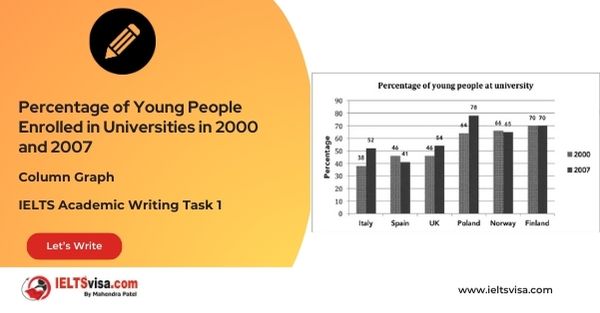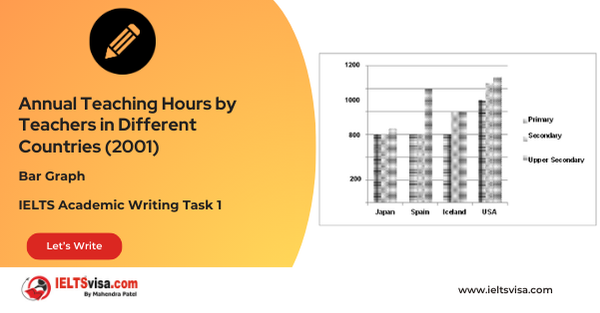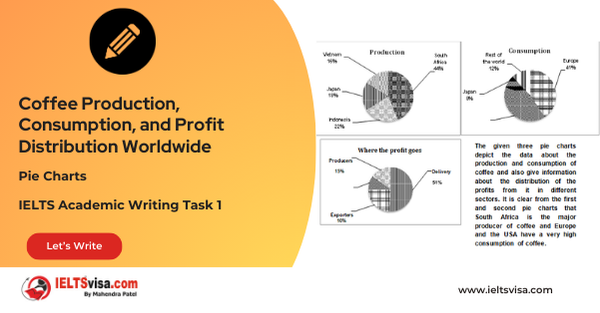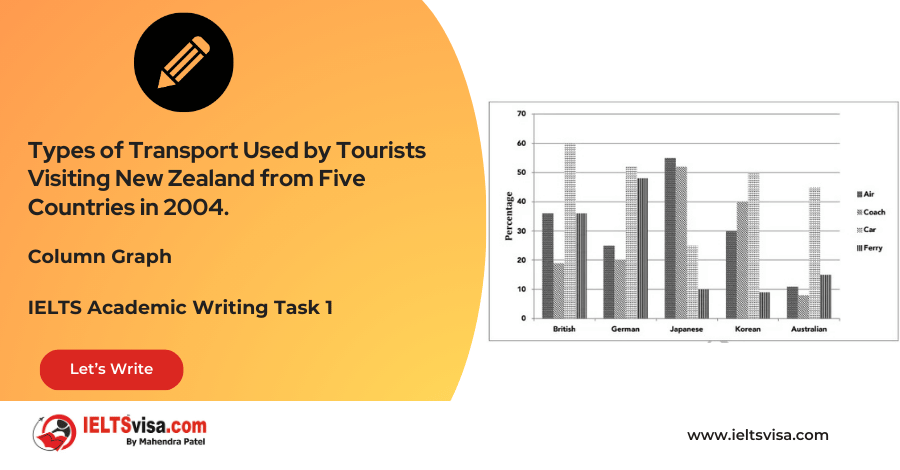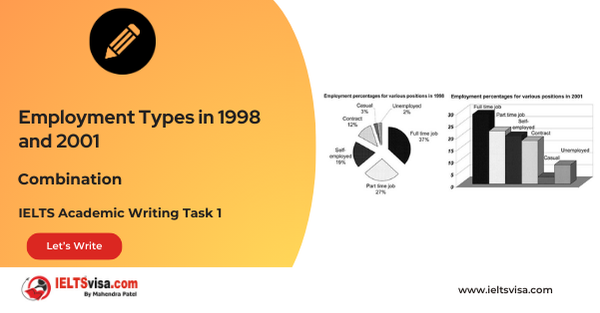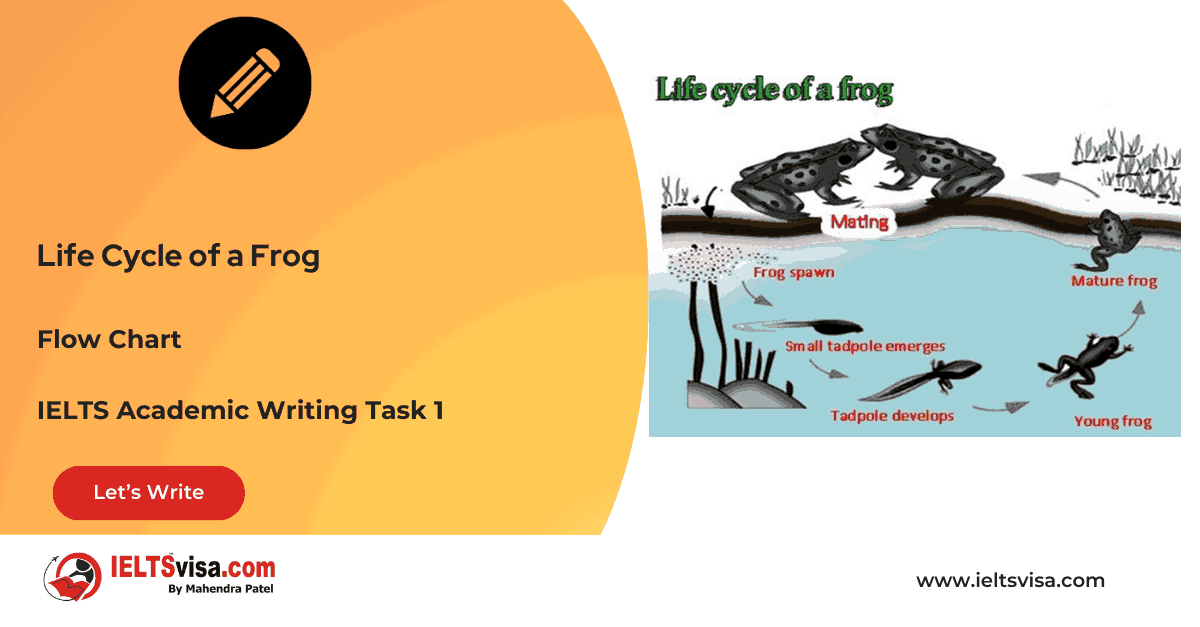Comparison of Stone Tool Development Over Time
IELTS Academic Writing Task 1 - Diagram
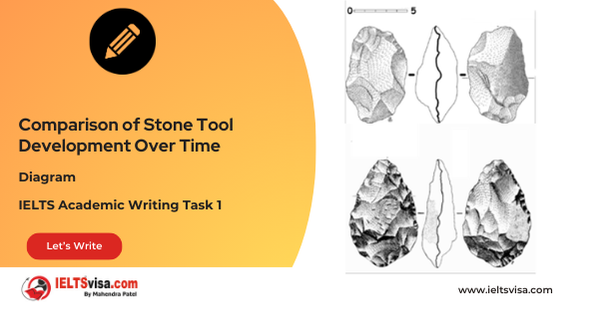
IELTS Writing Task 1 Question
The graphs below show the development of the cutting tools made by stone, one was made 1.4 million years ago, and the other was made 800 thousand years ago, viewing from back view, front view and side view. Summarize the information by selecting and reporting the main features, and make comparisons where relevant.
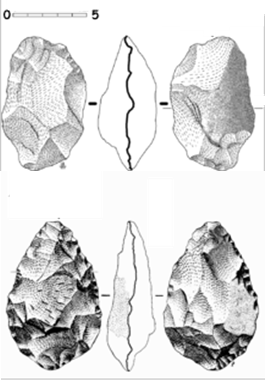
Common Questions for the Diagram
1. Diagram Type: Development Diagram
2. Title: Comparison of Stone Tool Development Over Time
3. What are the units of measurement? Centimeters (cm)
4. Who: Early humans using stone tools
5. When: 1.4 million years ago and 800 thousand years ago
6. Where: Prehistoric setting
7. Topic: Evolution of stone cutting tools over time
Detailed Process and Observations
Summary of Data: The diagrams display the cutting tools made by stone, illustrating the advancement from 1.4 million years ago to 800 thousand years ago, through views from the back, front, and side.
1. Description of the Stone Tool from 1.4 Million Years Ago:
-
- Shape and Diameter: Rounded at the top and bottom edges, the tool had a diameter of approximately 5 cm at the middle and narrowed to around 3 cm at the top and bottom.
- Structure: The side view shows a widening in the middle, around 3 cm, while tapering toward the top and bottom ends.
- Detailing: The back of the tool shows fewer, less precise cuts than the front.
2. Improvements in the Stone Tool from 800 Thousand Years Ago:
-
- Shape and Sharpening: This newer tool is more refined, with sharper, more pointed ends. The maximum diameter remains close to 5 cm but shifts lower in the structure.
- Side Width: The side view shows a significantly narrower tool, with a width of around 1.5 cm compared to the older tool.
- Detailing: The stone surface is more chiseled and polished than the previous version, giving it a more precise and sharp-edged appearance.
Sample Answer
The diagrams compare two stone cutting tools made 1.4 million years ago and 800 thousand years ago, showing their development from a rounded, basic tool into a sharper, more refined one.
Overall, this development illustrates a significant advancement in stone tool technology, showing increased precision and functionality over time.
The tool from 1.4 million years ago appears rounded at the top and bottom, with a maximum diameter of 5 cm in the middle and around 3 cm at the ends. The side view reveals a wider, more irregular shape with minimal tapering, and the back view shows fewer, less precise cuts.
By 800 thousand years ago, the tool’s design had improved significantly. Its shape became more pointed, with both ends tapering sharply to 1 cm points. The tool’s middle diameter remained around 5 cm, but it was located lower on the structure. The side view highlights a reduction in width to 1.5 cm, making it narrower and more refined. Additionally, the stone surface had more chiselled detailing, creating a sharper, finer edge.
Top 27 Vocabulary
Vocabulary |
Meaning |
Synonyms |
Examples |
Vocabulary Type |
|---|---|---|---|---|
| Diameter | The measurement across the widest part of a circle or sphere | Width, breadth | The tool’s middle diameter was around 5 cm. | Noun |
| Taper | To gradually narrow towards one end | Thin out, diminish | The tool tapered toward the top and bottom. | Verb |
| Refined | Improved to be more precise or sophisticated | Enhanced, polished | The newer tool was sharper and more refined. | Adjective |
| Chiseled | Cut or shaped with precision | Carved, sculpted | The stone was more chiseled in the second version. | Adjective |
| Development | The process of evolving or advancing | Evolution, progress | The tool shows clear development in its design over time. | Noun |
| Tool | An object used to perform a function or task | Instrument, implement | The tools were used to cut and shape stone. | Noun |
| Advancement | The process of improving or developing something | Improvement, progress | The tool shows a significant advancement in design. | Noun |
| Significant | Important or notable in effect or size | Noteworthy, remarkable | The development of the tool was significant over time. | Adjective |
| Precision | The quality of being exact or accurate | Exactness, accuracy | The second tool showed much greater precision. | Noun |
| Functionality | The quality of being able to perform a specific task | Usefulness, practicality | The newer tool had improved functionality for its purpose. | Noun |
| Irregular | Not following a regular pattern or shape | Uneven, uneven | The first tool had a more irregular shape. | Adjective |
| Shape | The external form or appearance of something | Form, structure | The shape of the tool changed significantly over time. | Noun |
| Sharp | Having a fine or pointed edge, capable of cutting | Pointed, keen | The second tool was much sharper than the first one. | Adjective |
| Edge | The sharp boundary of a tool or surface | Border, rim | The edge of the tool was finely chiselled. | Noun |
| Surface | The outermost layer or boundary of an object | Exterior, face | The surface of the second tool was more refined. | Noun |
| Minimal | A small or insignificant amount | Slight, negligible | The tool had minimal tapering at the top and bottom. | Adjective |
| Width | The measurement of something from side to side | Breadth, span | The tool’s width was reduced to 1.5 cm. | Noun |
| Maximum | The largest possible amount or value | Peak, greatest | The maximum diameter of the tool was 5 cm. | Adjective |
| Round | Having a shape that is circular or spherical | Circular, spherical | The tool from 1.4 million years ago was rounded. | Adjective |
| Back view | The perspective of an object from the rear | Rearview, reverse | The back view shows fewer and less precise cuts. | Noun |
| Front view | The perspective of an object from the front | Foreview, frontal | The front view of the tool shows its pointed design. | Noun |
| Side view | The perspective of an object from the side | Lateral view, profile | The side view shows a more refined shape. | Noun |
| Structure | The arrangement of parts or elements of something | Configuration, layout | The structure of the tool evolved to be more efficient. | Noun |
| Toolmaking | The process of crafting or manufacturing tools | Craftsmanship, fabrication | Toolmaking evolved significantly in this period. | Noun |
| Refinement | The process of improving something to be more precise or pure | Enhancement, polishing | Refinement of the design was evident in the second tool. | Noun |
| Gradual | Happening slowly or over time | Steady, slow | The change in the tool’s design was gradual. | Adjective |
| Carved | Shaped by cutting or scraping | Sculpted, engraved | The second tool was more finely carved. | Adjective |

Our Books
Master IELTS Speaking Part 1
IELTS Writing Task 1 Book
IELTS Writing Task 2 Book
Writing Task 1 Question Types
Practice IELTS Other Modules
IELTS Listening
The IELTS Listening test assesses how well you can understand spoken English in various contexts. It lasts about 30 minutes and is divided into four sections with a total of 40 questions. The listening tasks become increasingly difficult as the test progresses.
IELTS Academic Reading
The IELTS Academic Reading section assesses your ability to understand and interpret a variety of texts in academic settings. It is designed to evaluate a range of reading skills, including skimming for gist, reading for main ideas, reading for detail, understanding inferences, and recognizing a writer's opinions and arguments.
IELTS Speaking
The IELTS Speaking test assesses your ability to communicate in English on everyday topics. It lasts 11-14 minutes and consists of three parts: introduction, cue card, and a discussion based on the cue card topic.
IELTS General Reading
IELTS General Reading tests your ability to understand and interpret various types of texts. Here are some key areas and types of content you can expect to encounter in the reading section, along with tips for effective preparation.
IELTS Academic Writing Task 1
In IELTS Academic Writing Task 1, you are presented with a visual representation of information, such as graphs, charts, tables, or diagrams, and you are required to summarize, compare, or explain the data in your own words.
IELTS General Writing Task 1
In IELTS General Writing Task 1, you are required to write a letter based on a given situation. The letter can be formal, semi-formal, or informal, depending on the prompt. Here’s a breakdown of the key components to include in your letter
IELTS Academic Writing Task 2
In IELTS Academic Writing Task 2, you are required to write an essay in response to a question or topic. Here’s a guide to help you understand the essential elements of this task
IELTS Exam Tips
To succeed in the IELTS exam, practice regularly, familiarize yourself with the test format, improve your vocabulary, develop time management skills, and take mock tests to build confidence.
Grammer for IELTS
Grammar is the foundation of effective communication in English. Understanding tense usage, subject-verb agreement, and sentence structure enhances clarity and coherence in writing and speaking.
Vocabulary for IELTS
Vocabulary plays a crucial role in the IELTS (International English Language Testing System) exam, especially in the Speaking and Writing sections. Here’s an overview of why vocabulary is important and how it impacts your performance
RECENT IELTS SAMPLES QUESTIONS AND ANSWERS
20:00 Start Pause Stop [df_adh_heading title_infix="IELTS Writing Task 1 Question" use_divider="on"...
20:00 Start Pause Stop [df_adh_heading title_infix="IELTS Writing Task 1 Question" use_divider="on"...
20:00 Start Pause Stop [df_adh_heading title_infix="IELTS Writing Task 1 Question" use_divider="on"...
20:00 Start Pause Stop [df_adh_heading title_infix="IELTS Writing Task 1 Question" use_divider="on"...
20:00 Start Pause Stop [df_adh_heading title_infix="IELTS Writing Task 1 Question" use_divider="on"...
20:00 Start Pause Stop [df_adh_heading title_infix="IELTS Writing Task 1 Question" use_divider="on"...

